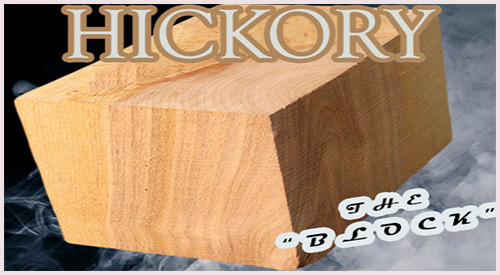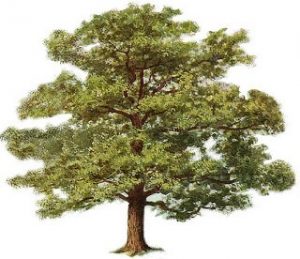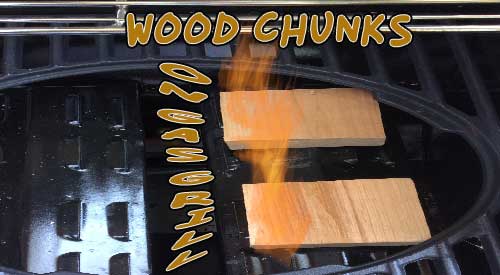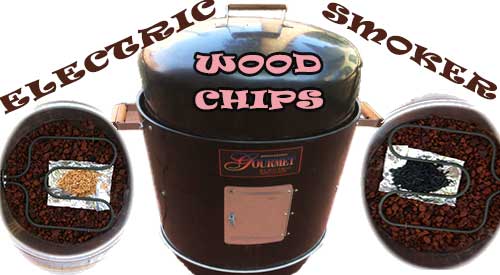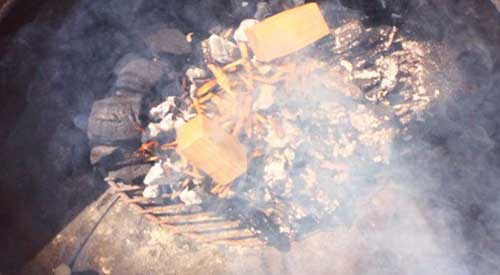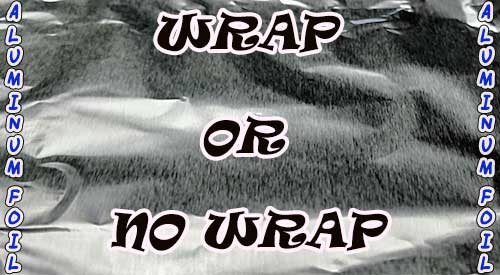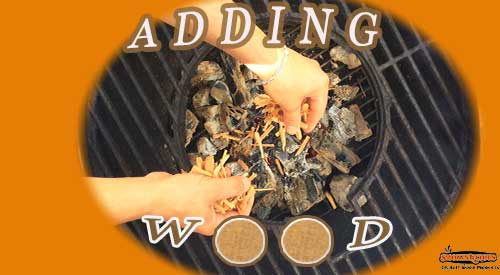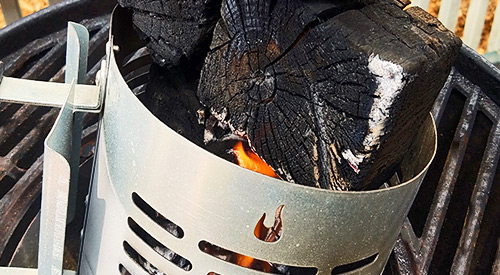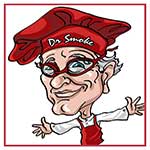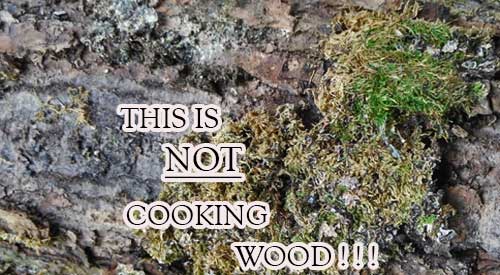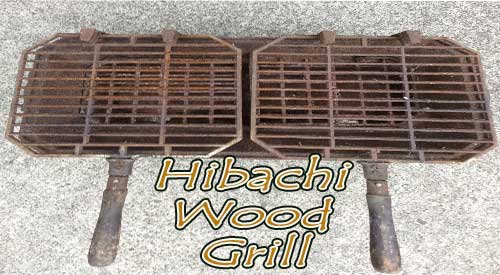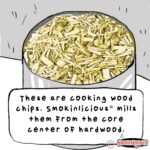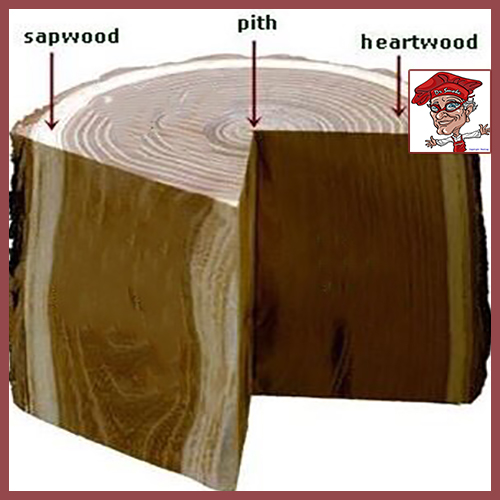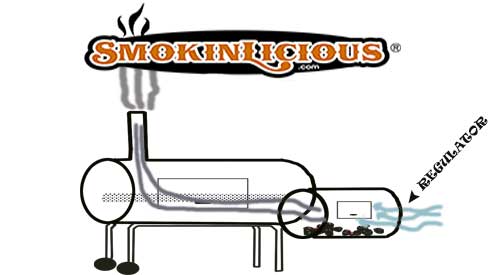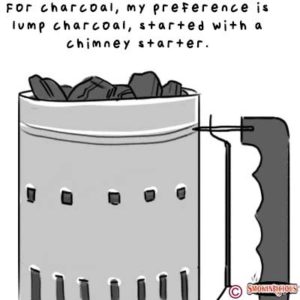Sun 7 Jun 2020
OAK HARDWOOD SPECIES
Posted by DrSmokeRead other related stories: Cooking , General Smoking Information
No Comments

Oak Hardwood Species is abundant in Our rich harvest area for the best hardwood cooking woods in the world.

THE BOLDNESS OF OAK HARDWOOD SPECIES!
New York State is home to the most varieties of Oak anywhere in the world! Currently, there are 16 native to New York State alone, with many more varieties having been brought into the state. In Central Park alone, there are 18 species of oak represented. Comprised of two subgroups – white oaks and black oaks – there is one key distinction between these groups. White oaks produce acorns that are usually sweet while black oaks produce bitter acorns. So how does this translate when using Oak wood for smoking?
At SmokinLicious®, we try very hard not to make flavor descriptors of each hardwood we manufacture into cooking wood, as we hold to the belief that there are so many factors that contribute to the reveal of the underlying wood flavonoids (i.e. temperature the wood is exposed to, other ingredients used on the food cooked over oak, moisture level of the wood, etc.). However, we do have a scale to guide the user on the boldness of flavor. Oak is at the highest end of that scale. It is the boldest flavor we offer!
Knowing that oak is a powerful flavor, I must remind you that smoke particles do not penetrate completely into the meat. In general, for meats, smoke vapor only penetrates about a 1/8” meaning the “flavor” you will decipher from the oak is actually to the outside area of the meat. Certainly, if you cook a meat until it can be shredded, you will mix the outside flavor areas with the less wood flavored inner meat and get a good balance to the smoky flavor.
Hardwood- The Boldness of Oak Hardwood Species
As I’ve tried to stress, cooking foods with a specific hardwood is the choice of the cook. I am not one to say that you can never cook a specific food with a certain hardwood. Everyone’s palate is different and tolerates different levels of sweet, sour, bitter, and salty. I will, however, remind you that bold flavors need to be balanced and this can easily be done through the other ingredients incorporated with that food item or even on that food. This will allow you to use oak wood for smoking: cold smoking say beef jerky or game jerky, hot smoking lamb, goat or beef, grilling steaks of beef or pork, stove top smoking pungent flavors like onion and garlic, and handheld cold smoking say a robust cheese.
As always, very little quantity of wood is needed to bring forward the unique qualities of the wood and Oak, with its boldness, is not an exception. If you’re in the market for a very bold flavor, then go for the black oak varieties including Pin Oak, Scarlet Oak, and Red Oak. A step down from the black oaks, the white oaks include Chestnut Oak, White Oak, Swamp Oak, and Post Oak. Either choice will bring you hardwood offering that is strong in appearance, aroma, and flavor!
Check out more articles similar to this one:
TO THE BEECH (WOOD SPECIES) WE GO!
AS HARD AS OAK!
OH, THE MIGHTY MAPLE!
Purchase Products:
Wood Chunks- Double & Single Filet
Wood Chips- Grande Sapore®
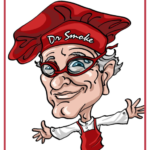
Dr. Smoke- If you’re looking for a very distinctive flavor for your wood-fired cooking- the boldness of oak hardwood species is your choice!
